In the village of Kaule, Nuwakot District, Good Earth Nepal is working with Carisimo and Kaule Environment Nepal NGO on a special multi-home construction project.
Ten families from the village have been selected to receive the resources and training necessary to build an Earthbag home with the understanding that they will aid one another in the building process. This community-based model encourages neighbors to come together to rebuild a village alongside each other.
The selected families have undergone primary training in Earthbag design and concept and we are now in the process of clearing the land.
Perhaps the most important aspect of this project is the families that have been selected to build their own homes. We wanted to highlight a few of these families to shed some light on just who the faces in the photos are and hope that it allows for our supporters to feel the connection between Good Earth Nepal, the non-profits we work with, and the Nepali people who are rebuilding their own country.
The Family of Indra Bahadur Tamang
Indra, his wife Dil Maya, and their four children used to live in a stone masonry house before the earthquake destroyed it on April 25th, 2015. Like so many others in Kaule, they now live in a temporary shelter built of scraps from their former home. They have received a total of 15,000 Nepali rupees from the government as aid after the earthquake, an amount approximately equivalent to $150 USD.
We met with Indra’s wife, Dil Maya, and two of the couple’s four children. Indra, she told us, was working their land somewhere down on the intricately terraced mountains in Kaule. With the monsoon season starting, the villagers of Kaule are busy preparing the land for the planting of rice.
Dil Maya Tamang and two of her children in the doorway of their shelter.
Their shelter stands next to the ruins of their former home, overlooking the terraced mountains of Kaule
The Family of Gopi Tamang and Chinni Maya Tamang
Gopi Tamang used to live in his stone masonry house with his wife and son. His sister, Chinni Maya Tamang, had left her husband and was living with her father and mother when the earthquake hit in 2015. Ever since the earthquake, Gopi, Chinni Maya, their father, mother, their two brothers, their sister, their nephew and Gopi’s son all live in the same shelter, built from materials salvaged after the earthquake. Like many others, Gopi and his family have not received any aid from the government due to the strict requirements of formal land ownership.
Gopi returned three months ago from Qatar, where he was working to support his family. Chinni Maya and him now survive on what they can grow in Kaule.
Gopi Tamang on the new patch of land he is helping to make level for the construction of his new house
The Family of Jhalak Man Tamang
Jhalak Man Tamang’s home was also destroyed in the 2015 earthquake. He currently lives in a temporary shelter with his wife and daughter. To earn a living, he grows his own food and works with other various forms of labor.
When we asked Jhalak Man Tamang if he had received any help from the government after the 2015 earthquake, he answered no. In rural Nepal, informal land ownership and subdivision deprives people of the little help they would otherwise receive from the government, which requires official papers. In some ways, this requirement is a necessary precaution, but it often gets in the way of thousands of people receiving much needed aid. As an NGO, Good Earth Nepal tries to help those who are not able to receive aid from the government because of such constraints.
Jhalak Man Tamang
Thanks to intern Sergio Espinosa for the information and portraits.





